Mangkono Tree
- November 12, 2024
- 0 comment
The Mangkono tree, known scientifically as Xanthostemon verdugonianus, is one of the most valued and fascinating trees native to the Philippines. Revered for its exceptional hardness and ecological significance, the Mangkono tree is essential for maintaining the balance of forest ecosystems.
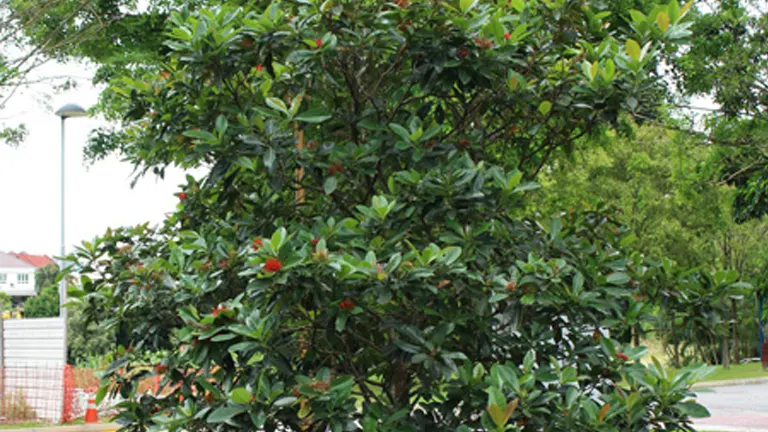
This rare and highly resilient species holds an important role in biodiversity, providing shelter and food for various wildlife and contributing to soil stability in its natural habitat.
What Is a Mangkono Tree?
The Mangkono tree is a tropical hardwood tree belonging to the Myrtaceae family. It is renowned for its dense, tough wood, which is why it’s often referred to as the “Philippine Ironwood.” The tree’s hard and heavy timber makes it sought after for construction and shipbuilding due to its durability.
Main Characteristics:
- Leaves: The Mangkono tree has thick, leathery leaves that are typically dark green, with a smooth and glossy surface.
- Flowers: Its blooms are clusters of small, bright yellow or orange flowers that emit a subtle fragrance. These blossoms add to the aesthetic and ecological value of the tree.
- Bark: The bark of the Mangkono is rugged and dark, with a thick outer layer that helps it withstand external damage and protects against fire.
Interesting Facts:
- The wood of the Mangkono tree is so hard that it can be challenging to cut, even with mechanical saws.
- The tree has a long lifespan, often living for several decades or even centuries in optimal conditions.
- It contributes to the health of its ecosystem by supporting soil health and minimizing erosion with its extensive root system.
Different Types of Mangkono Tree Species
The Mangkono tree itself, Xanthostemon verdugonianus, is quite specific in its classification, with no known extensive varieties as other tree species might have. However, it shares its genus Xanthostemon with related species that vary in their size, appearance, and habitats, such as:
Xanthostemon Chrysanthus
Known as the golden penda, it is commonly found in Australia and has bright yellow, showy flowers.
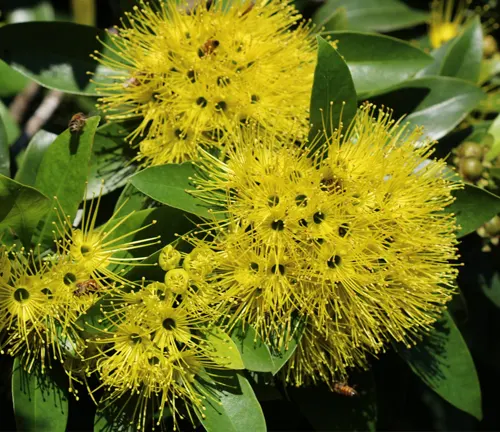
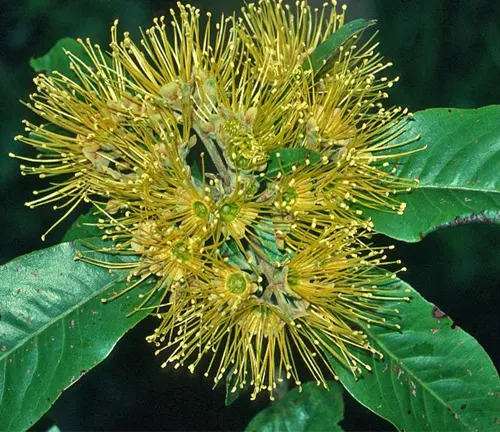
Xanthostemon Whitei
A native species in Queensland, similar in appearance but adapted to different environmental conditions.
Ecological Importance: The Mangkono tree contributes significantly to local ecosystems by providing habitat and protection for small mammals, birds, and insects. Its dense foliage offers shade and coverage, fostering a microenvironment that supports biodiversity.
Where Do Mangkono Trees Grow?
Natural Habitats and Geographical Distribution of the Mangkono tree is primarily found in the Philippines, thriving in areas such as Palawan, Mindoro, and parts of Visayas and Mindanao. It favors tropical climates, often growing in lowland forests or along riverbanks where the soil is well-drained but moisture-rich.
The Adaptations to Climate was tree has evolved to survive in environments that face significant seasonal variation in rainfall. Its deep roots enable it to access underground water sources, while its tough bark offers resilience against dry spells and mild forest fires.
Ecological Role of Mangkono trees play an integral role in their habitats by preventing soil erosion. Their roots create a stabilizing network in the soil, ensuring that the forest floor remains intact during heavy rains. This prevents the loss of topsoil, which is vital for maintaining the overall health of forest ecosystems.
How to Grow and Care for Mangkono Tree
- Soil Type: Mangkono trees prefer sandy to loamy soils that are well-draining but can retain moisture.
- Water Needs: Regular watering is essential when the tree is young. Mature Mangkono trees can handle periods of drought due to their robust root systems.
- Sunlight: They thrive in full sun to partial shade, requiring at least 6–8 hours of sunlight daily.
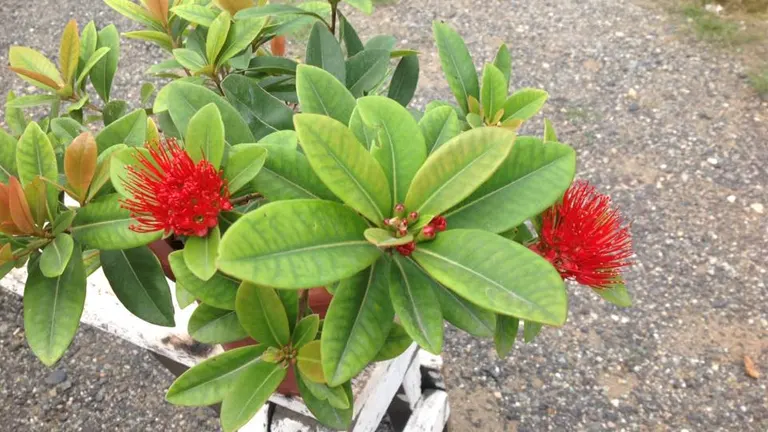
Propagation Techniques and Maintenance Tips:
Propagation is typically done through seeds, although it can be a slow process due to the hard nature of the seeds. Scarification or soaking seeds in water for several hours before planting can improve germination rates. In some cases, propagation through cuttings may be attempted, but it requires careful nurturing and specific conditions for success.
- Pruning: Minimal pruning is needed, but removing dead or weak branches helps maintain the tree’s structure.
- Pest Control: While the Mangkono is generally hardy, it can be susceptible to certain pests, such as termites or borers. Regular inspections and natural insecticidal treatments can prevent infestations.
- Disease Management: Root rot can occur if the tree is overwatered or planted in poorly draining soil.
Ecological Benefits of the Mangkono Tree
The Mangkono tree aids in maintaining soil quality by anchoring the soil with its extensive root system. This function prevents soil erosion and supports other vegetation by keeping the land stable and nutrient-rich.
The tree’s flowers attract pollinators like bees and birds, facilitating cross-pollination and contributing to the health of the ecosystem. The Mangkono also serves as a habitat for various insects and small animals, adding to the overall biodiversity of its environment.
Mangkono Tree Flowering and Pollination
The Mangkono tree’s flowers bloom in vibrant clusters, typically during the dry season when the tree can maximize pollination opportunities. The bright yellow or orange flowers are small and delicate, with multiple stamens that extend outward, creating an eye-catching display.
These trees play a crucial role in attracting pollinators, which in turn benefit the local flora by supporting the reproductive cycle of surrounding plants. The flowers produce nectar that draws bees and small birds, enhancing pollination both for themselves and other plants nearby.
Is the Mangkono Tree Drought-Tolerant?
The Mangkono tree is known for its exceptional drought tolerance. Its deep root system and hardy nature allow it to survive periods of limited water availability. This resilience makes it suitable for planting in drier regions where other tree species may struggle.
In areas prone to water scarcity, proper mulching and strategic watering can help young Mangkono trees establish their root systems. Mature trees typically require minimal water and can withstand prolonged dry spells.
Mangkono Tree and Wildlife Interactions
The Mangkono tree supports a variety of wildlife, from birds and insects that feed on its nectar to small mammals that find shelter in its branches. It contributes to the creation of microhabitats that are essential for forest health and stability.
Certain bird species and insects are known to contribute to the pollination and protection of the Mangkono tree. These animals rely on the tree for sustenance, while the tree benefits from their presence by having its flowers pollinated.
Final Conclusions
The Mangkono tree is more than just an impressive natural wonder; it is a pillar of its ecosystem. From its role in preventing erosion and supporting biodiversity to its economic importance due to its durable wood, this tree is an invaluable asset to tropical forests and the communities that surround them.
Conservation efforts are essential to ensure that future generations continue to benefit from the Mangkono tree’s ecological and practical value. Protecting and nurturing this species supports environmental health and contributes to a more resilient ecosystem.
Frequently Asked Questions (FAQs)
- What is the scientific name of the Mangkono tree?
The scientific name is Xanthostemon verdugonianus. - Why is the Mangkono tree called “Philippine Ironwood”?
It is called “Philippine Ironwood” due to its extremely hard and dense wood. - Where does the Mangkono tree naturally grow?
It grows in the Philippines, particularly in Palawan, Mindoro, and parts of Visayas and Mindanao. - What makes the Mangkono tree ecologically significant?
It prevents soil erosion, supports biodiversity, and provides habitat for wildlife. - How can I grow a Mangkono tree?
It thrives in well-drained, loamy soil with plenty of sunlight and moderate watering, especially when young. - Is the Mangkono tree drought-tolerant?
Yes, it has deep roots and can survive dry conditions, making it drought-tolerant. - When does the Mangkono tree flower?
It typically flowers during the dry season with bright yellow or orange blooms that attract pollinators. - What animals benefit from the Mangkono tree?
Birds, bees, and small mammals rely on it for nectar, shelter, and habitat.



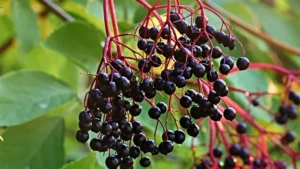
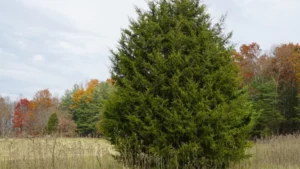

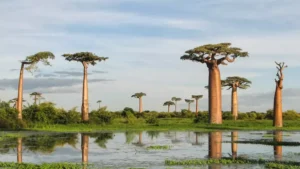

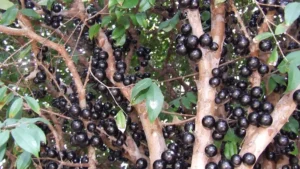
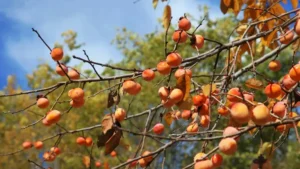

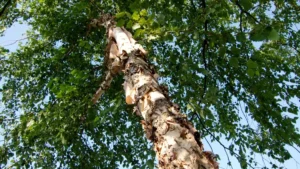
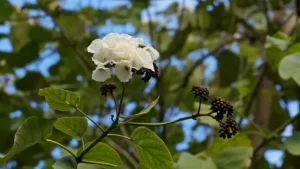

Leave your comment